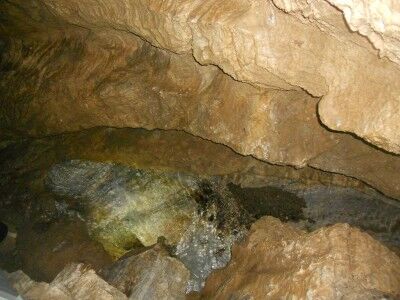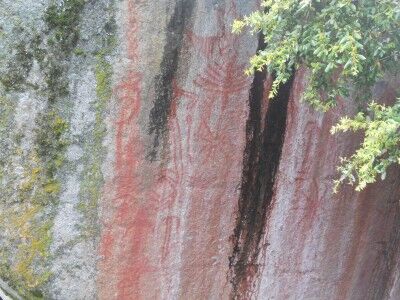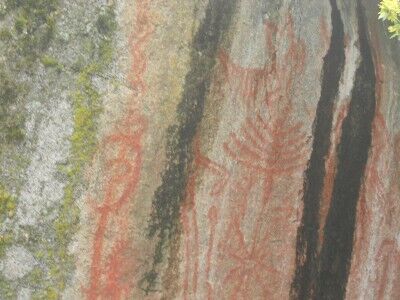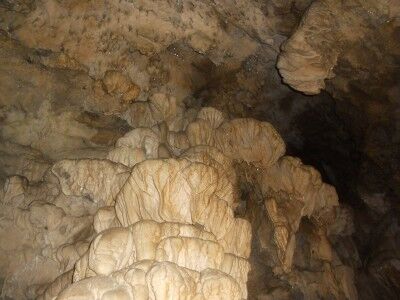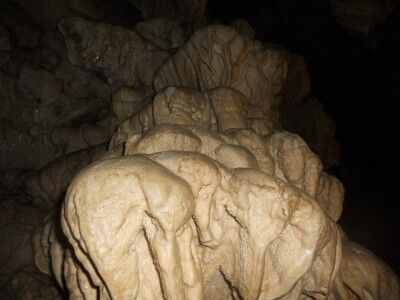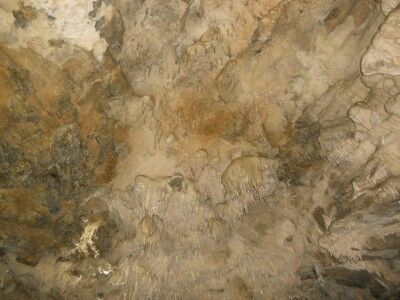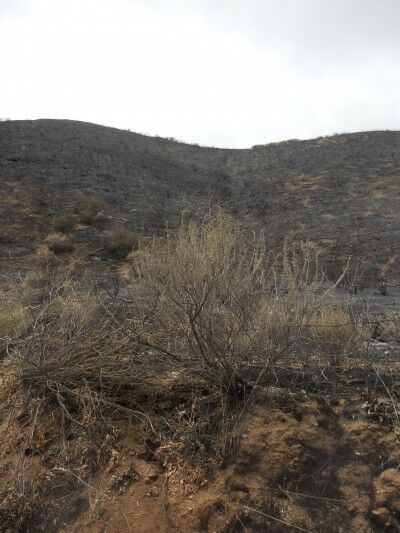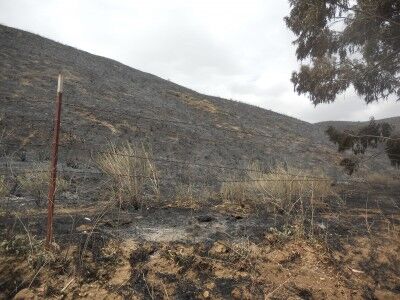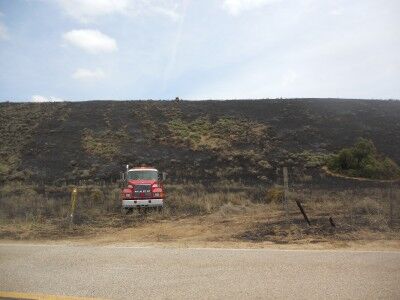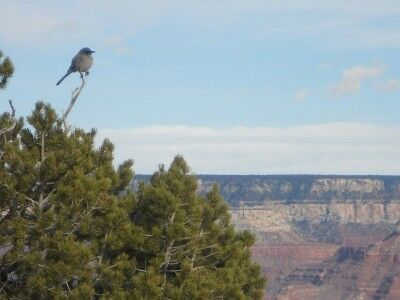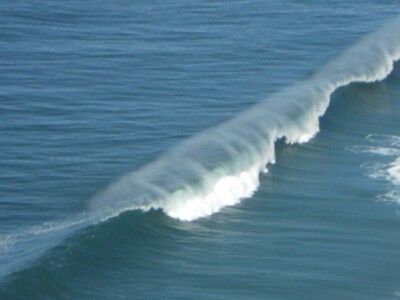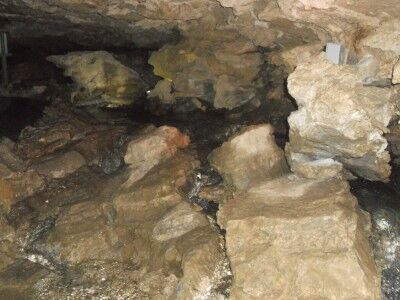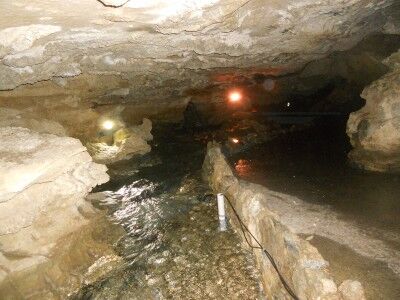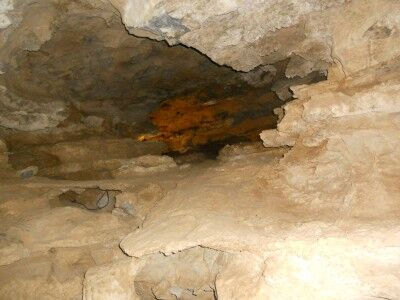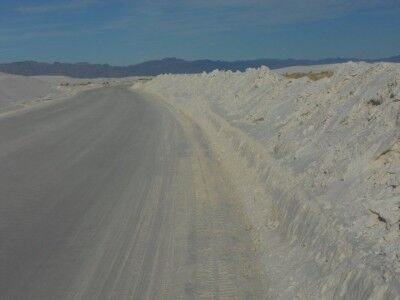One of the many highlights of Oregon Caves National Monument is the flow stone formation named Niagara Falls. As might be guessed, the cave formation gets its name because the flow stone resembles Niagara Falls:
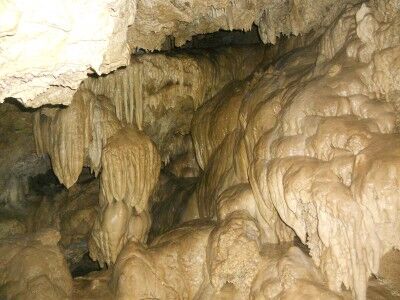
While the formation is beautiful, it also is a testament to what happens when caves aren’t protected. As you look at the bottom of Niagara Falls, you can see that many of the tips o the formation have been broken off and taken as souvenirs:
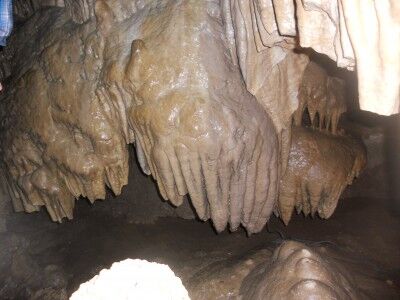
When you learn that it takes 100 years for one of these to grow the length of the tip of your pinky finger, you realise that the damage done erased tens of thousands (if not hundreds of thousands) of years of work, and it puts into perspective the important work that the National Park system does to keep these beautiful places intact for later generations to see.
The next stop on the Oregon Caves tour is at the Spiral Stairs.

